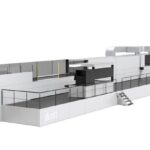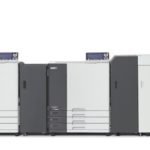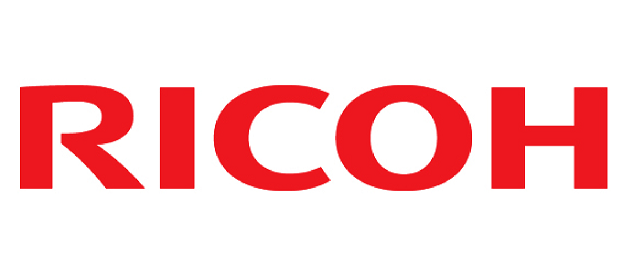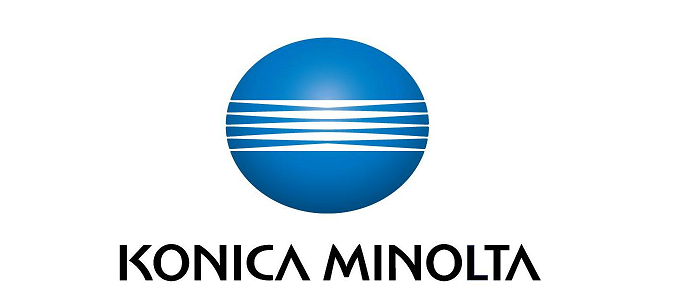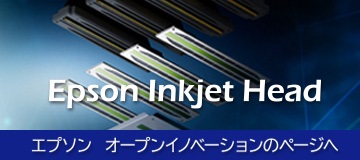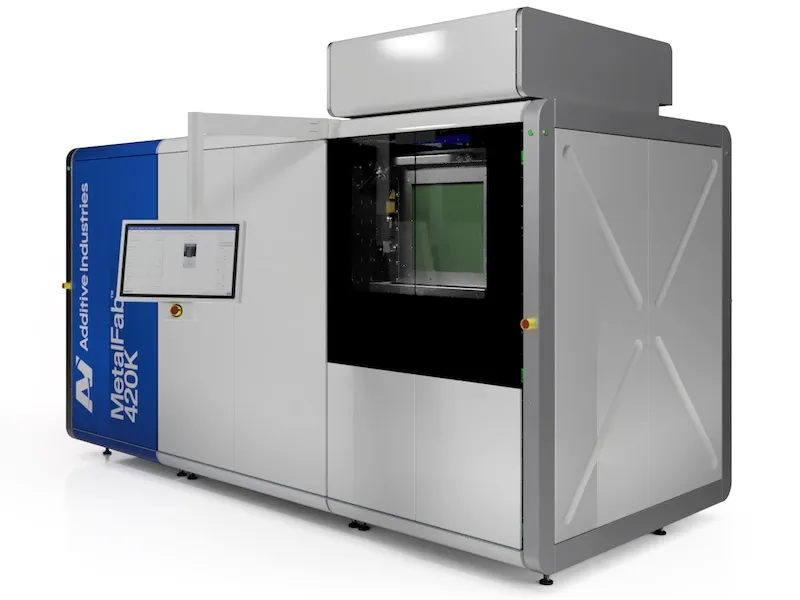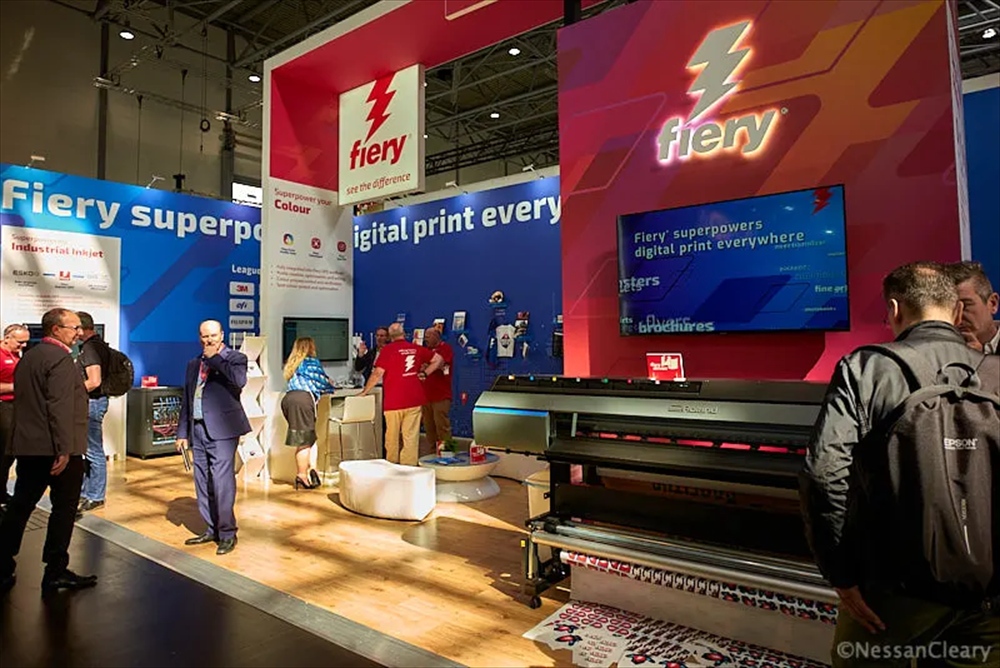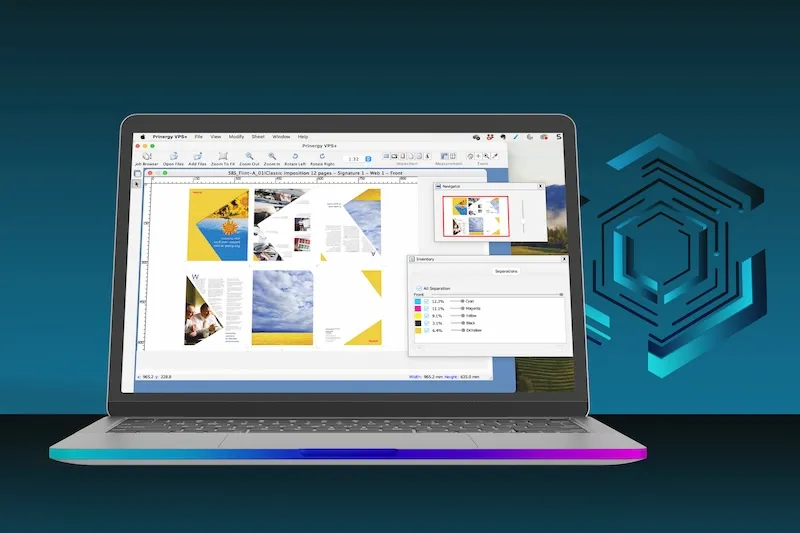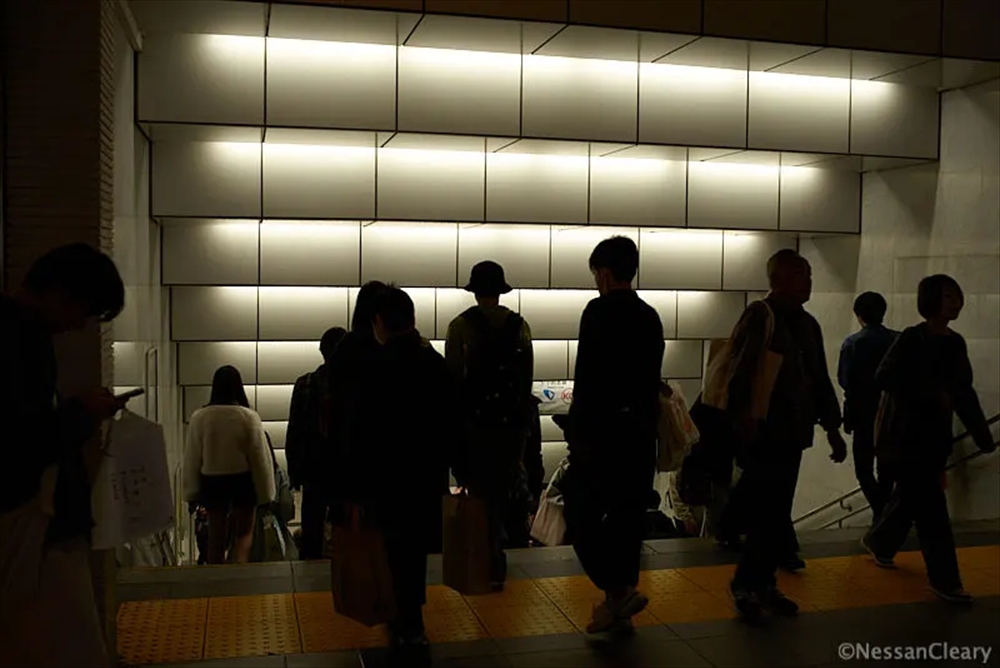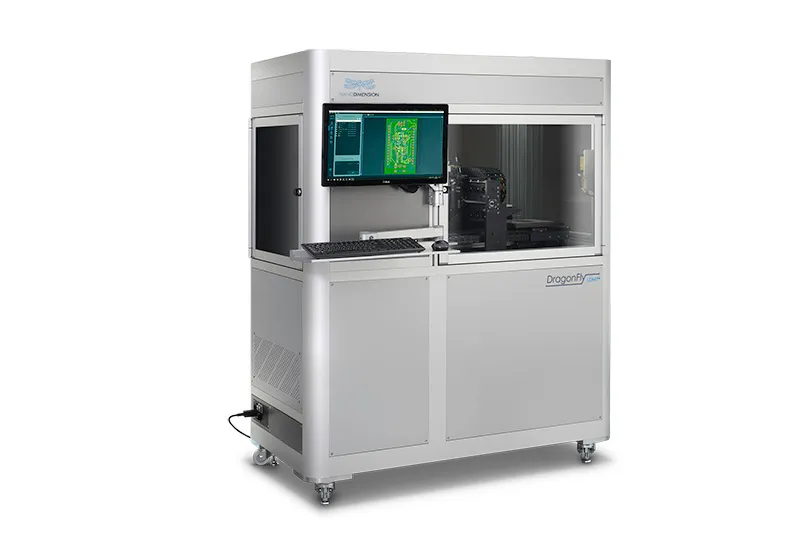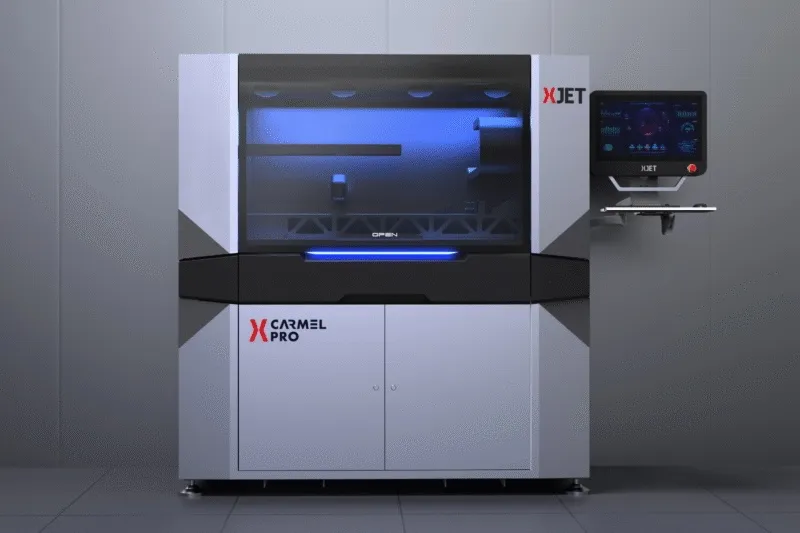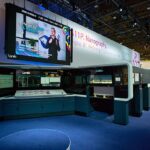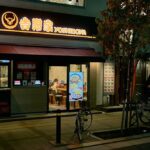- 2018-8-12
- Nessan Cleary 記事紹介
先月、私は英国ケンブリッジで開催された「リーダーズ・イン・テクノロジー」というカンファレンスに出席しました。これはInPrintとPure Digitalショーの主催者である FM Brooks によるものです。その性質上、展示会は(モノやコトの)販売の機会なわけですが、この年次コンファレンスでは主に「産業用プリンティングをどのように売るか(どう増やすか?)」についての議論を行います。
Last month I attended the Leaders in Technology conference in Cambridge, UK, which is organised by FM Brooks who are the folks behind the InPrint and Pure Digital shows. Tradeshows by their nature are about sales opportunities and this annual conference largely deals with how to sell industrial printing.
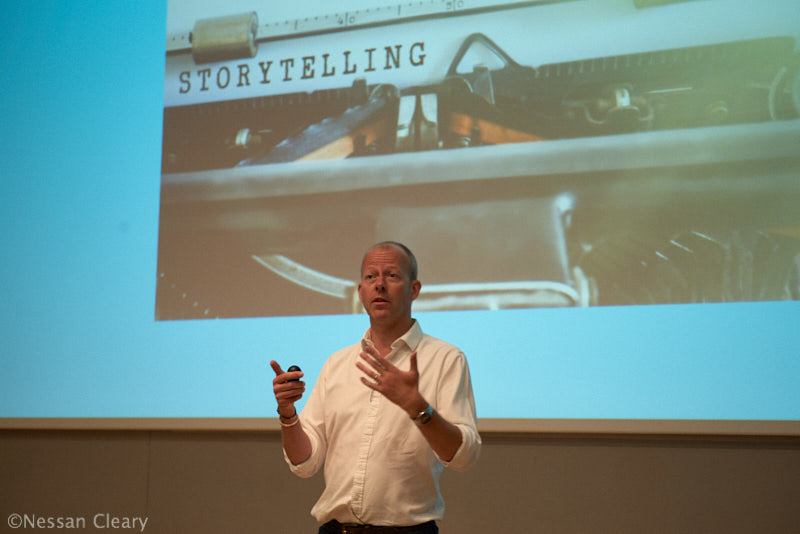
Richard Askam talks about personalized print
イベントはさまざまなプレゼンテーションで構成されていましたが、それらが相互にどういう関係があるのか、俄かには分かりませんでした。しかし、私は最終的に、技術開発会社の立ち上げとその運営方法、そしてその技術を売る方法についての一貫した見通しとそれを具体化しようとする試みに気が付き、最終的には価値のある一日を過ごすことができました。
The event consisted of a number of diverse presentations and it wasn’t immediately clear how they would fit together. Yet I felt by the end that they did gel into a coherent overview on how to start and run a technology development company, and how to sell that technology, which ultimately made for a worthwhile day out.
FM Brooksの共同設立者であるMarcus Timson氏は、コンファレンスの冒頭に、そのコンファレンスの方向付けをするスピーチを行いました。その中で彼は、インクジェット業界が工業製造アプリケーションを解決する成熟した技術になった経緯について話しましたが、一方で世の人々は、これまでのやり方を変えるのに慎重で、もっといい話が無いと容易にはインクジェットを取り入れないということも話しました。
Marcus Timson, co-founder of FM Brooks, set the tone for the day with an introduction in which he talked about how inkjet was becoming a mature technology capable of solving industrial manufacturing applications but that sometimes people took a conservative view in doing things the way they’ve always been done, arguing that industrial inkjet needed to tell a better story.
イベント業界の起業家(正直申してこれがどういうものなのかわからないんだけど)であると宣言したSimon Burton氏は基調講演を行いましたが、その中で彼は、説得力のあるストーリーを提示するにあたり、StarWarsを含む人気のある映画を分析してそれを詳しく述べました。
Simon Burton, who bills himself as an event industry entrepreneur*, delivered a keynote presentation that elaborated on this, talking about how to tell a good story, analysing popular films including StarWars.

Rob Karsten, EMEA regional director for Phoseon Technology.
Phoseon(■大野註:米国オレゴンに本拠を置くUVランプメーカー)のEMEA地域ディレクターRob Karstenは、LEDベースのソリューションを開発するPhoseonの話を語語りました。当初同社はCDを製造する企業と協力して成功を収めましたが、音楽を購入する市場が変わり、人々がCDからストリーミングサービスに切り替えたため、Phoseonは問題に遭遇しました。 Karsten氏は、顧客とのチャンス会話の後、同社がその技術をUVインクジェット硬化システムの製造に再フォーカスした方法を説明しました。最近、Phoseonはこの技術を医療機器の汚染除去ソリューションを開発するライフサイエンス部門の設立にも応用しました。
Rob Karsten, EMEA regional director for Phoseon, told the story of Phoseon, which develops LED-based solutions. Initially the company found success working with companies manufacturing CDs but as the market for buying music changed and people switched from CDs to streaming services so Phoseon ran into trouble. Karsten described how the company refocused its technology into producing UV inkjet curing systems after a chance conversation with a customer. More recently Phoseon has adapted the technology to set up a life sciences division developing decontamination solutions for medical equipment.
スピーカーとライターのリチャード・アスカムはパーソナライズされたプリントのパワーについて語りました。 アスカム氏自身はワイン貿易商の出身ですが、自分自身がシャンパンを販売するためのラベルをパーソナライズした経験に基づき、その後 Share a Coke キャンペーンを考案するのを助けました。同氏は、インターネットが人々の買い物方法を変え、ブランドがパーソナライゼーションを使用して個々の顧客と関わる必要があることを指摘しました。同氏は、印刷業界は他の製造業と全く同様に、人々はこれまでやってきたことを変えたがらないと指摘しました。「デジタル技術に投資したが、行動様式は変えないんです。」 彼は、印刷業者は小さな島で停滞している状態で、彼らの想像力を使ってそこから脱出する必要があると述べました。彼は、なぜ、デジタルプリントがパッケージ分野にまだ適用されていないのかを尋ねました。彼の言いたかったことは「箱に印刷された唯一のもの『壊れやすい』という言葉ですが、この技術によってパーソナライズすることができる。」ということです。
Speaker and writer Richard Askam talked about the power of personalised print. Askam himself came from the wine trade but found himself personalising labels to sell champagne and later helped devise the Share a Coke campaign. He pointed out that the Internet has changed how people shop and that therefore brands need to use personalisation to engage with their individual customers. He said that the print industry is no different to any other manufacturing industry in that people tend to do things the way that they’ve always been done, noting: “People invested in digital technology but they didn’t change the way they behaved.” He said that printers have become stuck in their own little islands but need to use their imaginations to break out. He asked why hasn’t digital print gone further in packaging, before saying: “The only thing printed on boxes is the word ‘fragile’ but the technology allows it to be personalised.”
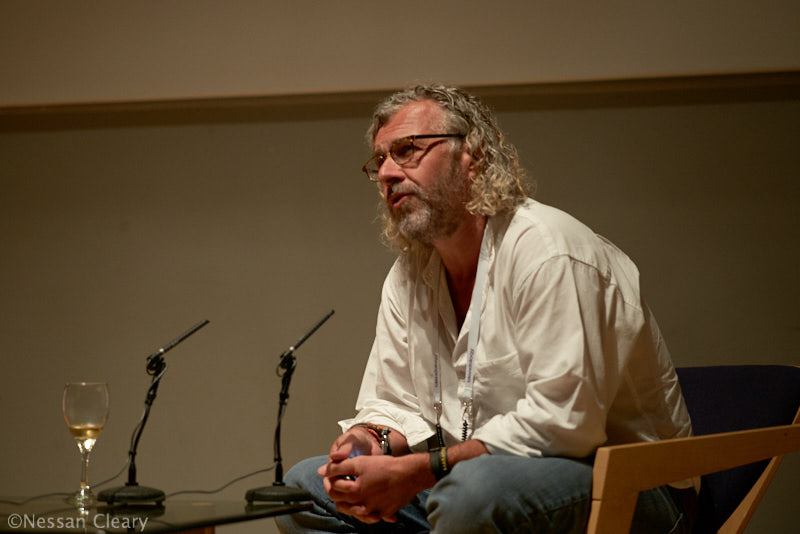
Simon Biltcliffe, founder of Webmart.
昼食後、印刷管理会社(プリントマネジメント)のWebmartの社長であるSimon Biltcliffe氏は従業員、サプライヤー、顧客を公平に扱うという経営理念を述べ、次のように説明しています。「私たちは人々に『人を騙さなくても成功できるんです。逆に、皆のために価値を創造しなければ勝てませんよ』ということを身をもって見せているのです」
After lunch Simon Biltcliffe, managing director of print management company Webmart, spelt out his business philosophy of treating his employees, suppliers and customers fairly, explaining: “We are trying to show that you can be successful without screwing people over. You can’t win if you don’t create value for everyone.”
それに続いて、シアンテックの最高経営責任者(CEO)であるクレイトン・サムンプソン(Clayton Sampson)は、成功した会社を設立するために何が必要か、そして成功はスキルによるものか、単に幸運なのかどうかについて語りました。同氏は、「運が良いということを認識するスキルを磨き、そして適切なタイミングで適切な場所にいるというスキルを磨く」ということと、「最先端の起業家は、最高の技術ソリューションを生み出すことによって突き動かされています」と、スキルと運の両方が少しずつ必要だと結論づけました。
He was followed by Clayton Sampson, CEO of Cyan Tec who talked about what it takes to establish a successful company and whether or not success was down to skill or just luck. He concluded that it’s a bit of both – “developing the skill to recognise luck and then being in the right place at the right time” – and added that “most tech entrepreneurs are driven by making the best technical solutions.”
シアンテックは、インクジェット、ロボット、高出力レーザーなど、さまざまな技術を使用しています。彼は次のように説明しています。「私たちは産業を後押しする企業であり、産業用プリンティングは高度な製造システムを作るために使用するものの一要素です。」顧客は主に、技術の最先端にある優良企業群で、彼らは様々な市場で最先端であろうと考えています。従って Cyan Tec は一つの市場の動向だけに依存するということは無いのです。また、チームを築き、自分のものよりも優れた人がいることを認識することが重要だと指摘しました。
Cyan Tec uses a number of different technologies including inkjet, robotics and high-powered lasers. He explained: “We are an industrial company and industrial print is one of the things that we use to make advanced manufacturing systems.” The customers are mostly high-tech blue chip companies that want to be at the leading edge of technology spread across different markets so that Cyan Tec is not tied to the fortunes of one sector. He also pointed out that it’s important to build a team and to recognise that some people may be better at things than you are.
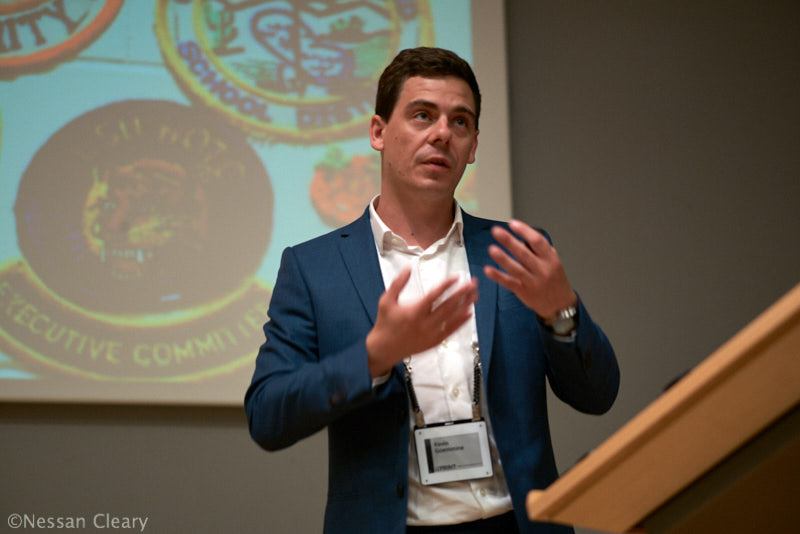
Kevin Goemmine, CEO of Chili Publish.
次に、Chili PublishのCEO Kevin Goeminneは、米国で初めてのセルフサービスの食料品店であるPiggly Wigglyについて語りました。同氏は、アマゾンは基本的に同じ原理原則に基づいているが、それをインターネット上でより大規模に行っていると指摘し、人々が自分自身で行動できるようにすることが重要だと指摘しました。「あなたの組織と顧客が自律的に動くということを確実にすることが重要です。何故なら、中央ですべてをコントロールするなんで無理だからです。彼は次のように述べています。「パーソナライゼーションの層でセルフサービスを自動化したいという欲求・‥これは今後数年間で重要なことになるでしょう。」
Next, Kevin Goeminne, CEO of Chili Publish, talked about Piggly Wiggly, the first self-service grocery store in the US. He pointed out that Amazon basically works on the same principle but on a large scale over the Internet and said that it was important to enable people to do things themselves, noting: “You have to make sure that your organisation and your customers can do everything for themselves because it will be impossible to do everything with a centralised team. He added: “You want to automate the self-service with a layer of personalisation. This will be the key thing over the next few years.”
彼は続けて、Chili Publishがテンプレートを使用して、オンライン文書エディタからより広範なセルフサービスモデルにどのように進化したのかついて話しました。彼は次のように述べています。「組織内のあらゆるデータポイントを活用してあらゆるチャネルに出力できると考えています。それは、Chili Publishが作り出した共通テンプレートで行うことができ、あなたは好きなものをインポートすることができます。顧客が何をしていてもテンプレートを作成できるように、編集コンポーネントを追加します。私たちは規則や変数データを持つ本当の柔軟性のあるテンプレートを作成して、自分の組織が自分のセルフサービスを行うことを可能にします。そして、彼らが好きなフォーマットで出力させます。」(■大野註:ぶっちゃけ申して、何を言ってんのか、ついていけてないです、ごめんなさい(苦笑))
He went on to talk about how Chili Publish has evolved from an online document editor to a wider self-service model through the use of templates. He said: “We think that you can leverage any data points you have in any organisation and output them to any channel and all that could be done with a central template which is why we created Chili Publish. You can import anything you like. We add an editing component so that your customers can template whatever they were doing. We let them create really flexible templates with rules and variable data so that they can enable their organisation to do their own self service. Then we let them output in whatever format they like.”
最後の講演者、LifeArtのCEOであるMike Grehan氏は、工業生産について語りました。LifeArtは「棺を作る」という死のビジネスを行っています。明らかに、土地価格の上昇により、より多くの人々が火葬を選択しています。彼は、葬儀担当者が棺に非常に大きな「利益上乗せ」を行っていることを指摘し、一部の棺は遺体をより完全に償却できるという点で、他のものよりも効果的であることを指摘しました。
The final speaker, Mike Grehan, CEO of LifeArt, talked about industrial manufacturing with a twist – LifeArt is in the death business making coffins. Apparently, more people are opting for cremation, due to rising land prices. He pointed out that funeral directors make an enormous mark-up on coffins and that some coffins are more effective than others at ensuring the body burns through properly.
LifeArtは埋設できるが効果的に燃焼するように設計された複合材料を開発し、特許を取得しています。身体の重さを運ぶのに十分な強度ですが、一人で配達するのに十分な軽さです。同社はインクジェット印刷を使用して顧客に棺をパーソナライズするオプションを提供しています。興味深いことに、Grehanは、キッチンやキャラバンのインテリアなどの他の分野でこの資料を使用するように、その方面の人がアプローチしてきており、ビジネス機会が増える可能性があると付け加えています。
LifeArt has developed and patented a composite material that can be buried but is designed to burn effectively. It’s strong enough to carry the weight of a body, yet light enough to be delivered by one person. The company uses inkjet printing to offer customers the option to personalise their coffins. Interestingly, Grehan says that people have approached him to use this material in other areas such as kitchens and caravan interiors, adding that there might be more opportunities.
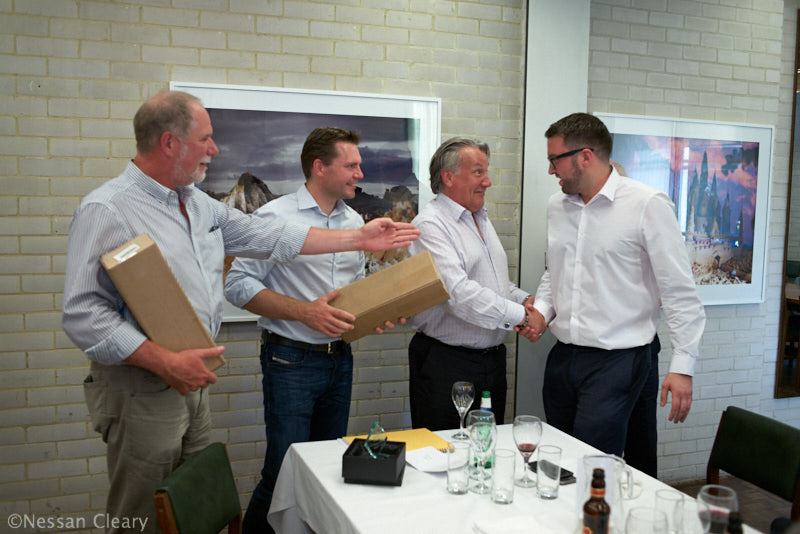
Dave Varty of Ricoh congratulates the winners of the dinnertime quiz.
この日は、呑み会と食事会とクイズ大会で締めくくられましたが、それに「ワールドカップのグループステージの最終戦でイングランドがベルギーに敗れていくのをテレビ観戦する」という素敵なオプションが追加されました。それは「負けることも、ある意味で勝つことだ」と思われた6月に遡りますが、今我々はもうちょっとよく理解しています。どんなビジネスでも、そこで勝つには、トーナメント自体に入るずっと前から何年もの努力が必要だということ・・・それが、これらのスピーカーのそれぞれから学んだことです。
The day concluded with drinks and dinner complete with a quiz and the option to watch England lose to Belgium in the final game of the world cup’s group stages. Those were the heady days back in June when it seemed that even losing was a kind of victory but now we know better – winning at any business takes years of hard work, long before you get to the tournament itself and that ultimately was the message that came through from each of these speakers.



